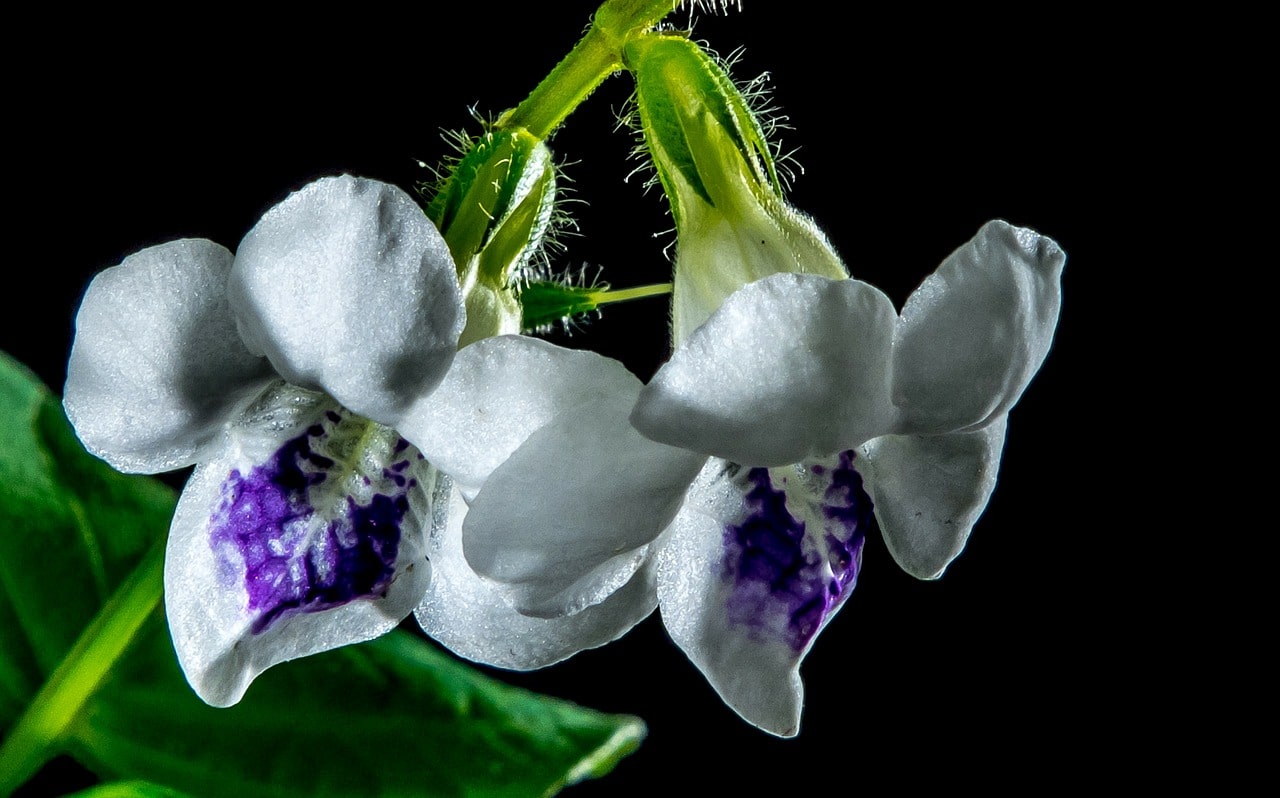Want to know how to save a dead orchid? Unfortunately, there’s no way you can keep an orchid if it’s already dead. But you can Orchids are undoubtedly beautiful, but they can look ragged when they start to wither. You’ll notice that their leaves will begin to wilt and turn yellow, the buds may start to fall, or your plants won’t flower at all.
It can be discouraging if your plants start to wither, but before you throw them away, check for any signs of life and identify potential problems. Once identified, you can try to fix issues like pest infestations and diseases. In this way, you can restore your orchids to health.

Check for Signs of Life
You can only save your orchid plant if there are still any signs of life. It’s normal for some orchids to discard leaves after they bloom, and if they skipped flowering, it doesn’t mean that your orchid is dead. One of the best ways to check if your orchids are still alive is to check its color.
Green stems are a sign of life. You should also check the roots – firm and pale roots are healthy roots, while brown and soggy means they’re dead, and your plant won’t be able to absorb water and nutrients.
Identify the Issue
The best way to save your plant is to identify the problem so you can remedy it. For example, if your orchids aren’t blooming, they may need to be repotted or need more or less sunlight and water. If the buds drop before they even bloom, your orchids may need to be transferred to a more suitable environment. Sometimes, it may also be because your orchids suffer from ethylene poisoning due to a gas leak, cigarette smoke, or from nearby ripening fruit. Discoloration and spots on the leaves may be a sign of disease or pest infestation.
What You Need to Do
Here’s what you need to do to save your orchids before it’s too late:
Tip #1. Water your orchids properly and regularly
Water your orchids with lukewarm water until it drains through the bottom of the pot. However, the amount of water depends on the type of orchid you planted. Some orchids need to be moist at all times while others like to dry out before the next watering.
Tip #2. Keep the temperature in check
Orchids need around 10 to 15 minutes of indirect sunlight. During summer, your orchids thrive best at a temperature of 70 degrees F. During the winter season, your orchids shouldn’t be in an environment colder than 60 degrees F in the morning and 50 degrees in the evening.
Tip #3. Remove spikes if you don’t see flowers in two months
If there aren’t still any flowers within two months, remove the spikes by cutting between the stem and fleshy leaves.
Tip #4. Fertilize
Water your orchids at the top of the medium and feed them commercial orchid food. Put the food in the bowl and mix it with 50% water or follow the instructions indicated on the package. Pour the plant food into the soil (or whatever your planting medium is) until it soaks into the roots.
Tip #5. Change the potting medium as needed
If you’ve done steps one to four, but it still doesn’t work, try changing the potting medium to orchid bark for larger plants. For smaller ones, they work best using moss. If your orchid’s roots are damaged, you can use wire to replace the roots. Remove the rotten roots and put the wire around the base of your plant and into the soil. Afterward, put your orchids back in the pot.
Why Should You Use a Mini Greenhouse for Your Plants?
There are several reasons why gardeners like you could benefit from using a mini greenhouse. With that said, here are several reasons why you should give greenhouse gardening a try:
Perfect for gardeners with little garden space
If you have limited space, but you want to grow your crops, you can use a mini greenhouse for that. It has a standard size of about six feet, but there are smaller options as well. You can place them anywhere – from balconies, patios, decks, and even on tabletops.
Protect your plants from insects and diseases
Like any other plant, orchids are susceptible to pest infestation, and they can also contract diseases from neighboring plants. Keeping them inside a greenhouse lowers the risk of attracting insects and blight, so your plants remain healthy at all times.
Grow your plants all year round
A mini greenhouse allows you to control the climate inside. With the help of cooling and heating systems, grow lights, etc., you can create your own microclimate, allowing you to grow plants at any time of the year. For instance, you can grow warm-weather plants during the cold season and vice versa.
Keep your plants safe from unpredictable weather
A single storm could wipe out everything you’ve worked hard for. Keeping your plants inside a greenhouse can protect them from frost, snow, heavy rain, and overall bad weather. You can transplant these plants into your garden again once the weather becomes better.
The Bottom Line on How to Save a Dead Orchid
So, how to save a dead orchid? You can only save a withering plant if there are still signs of life. Identify the root cause of the problem and try to remedy it. If done correctly, you’ll be able to bring your orchid back to life.
